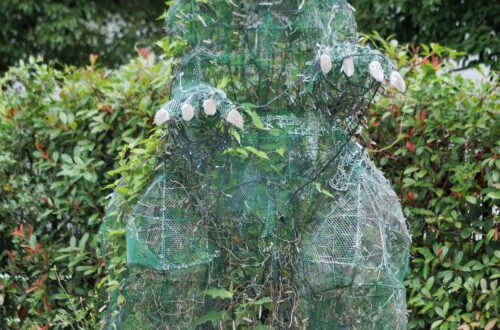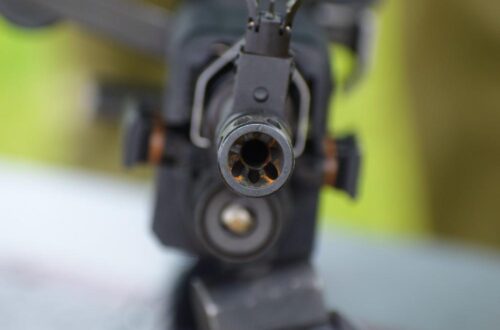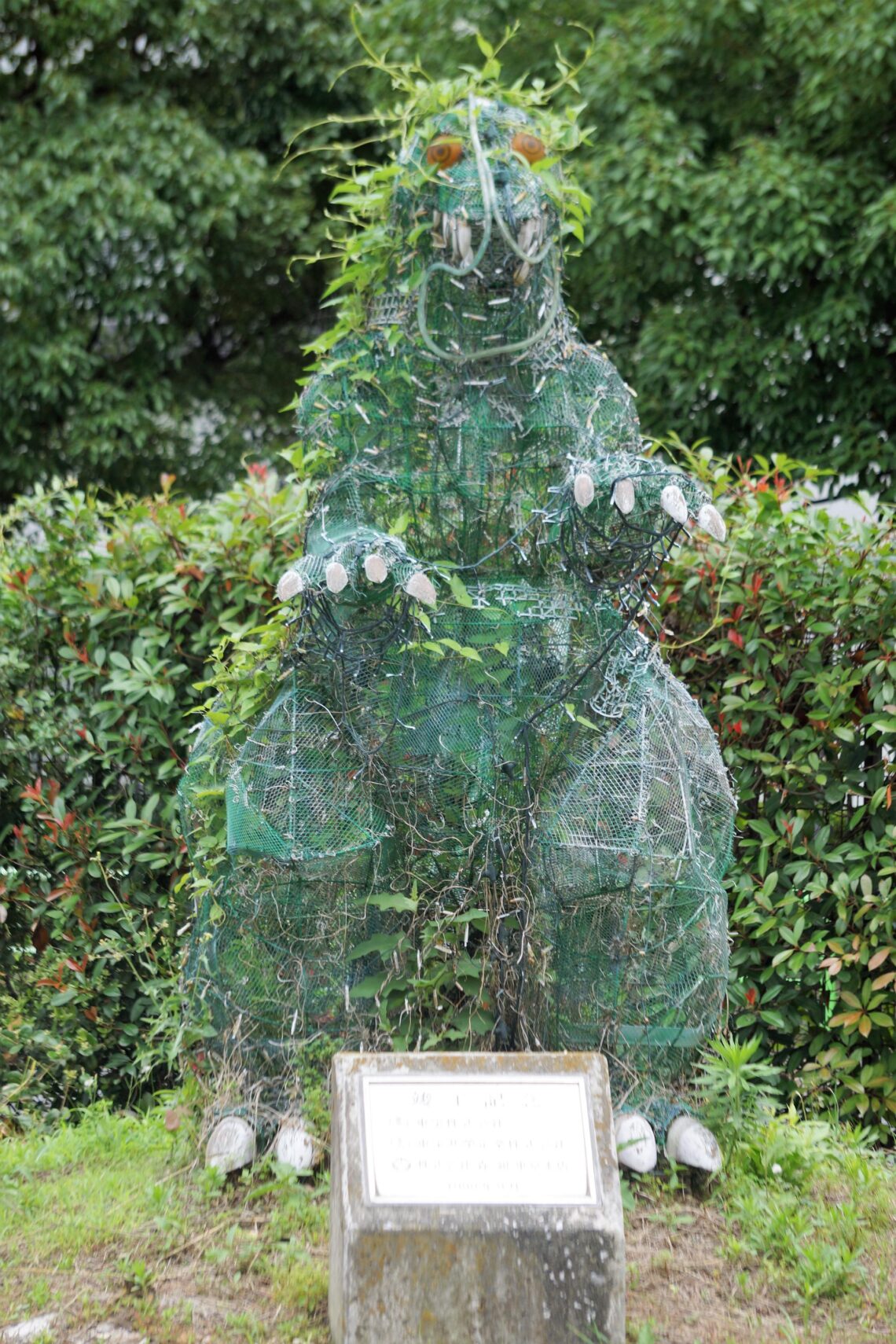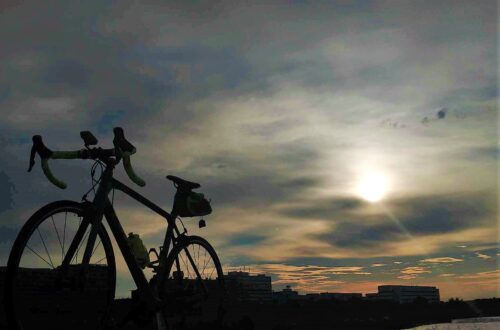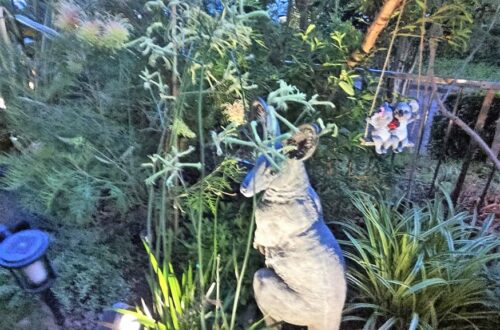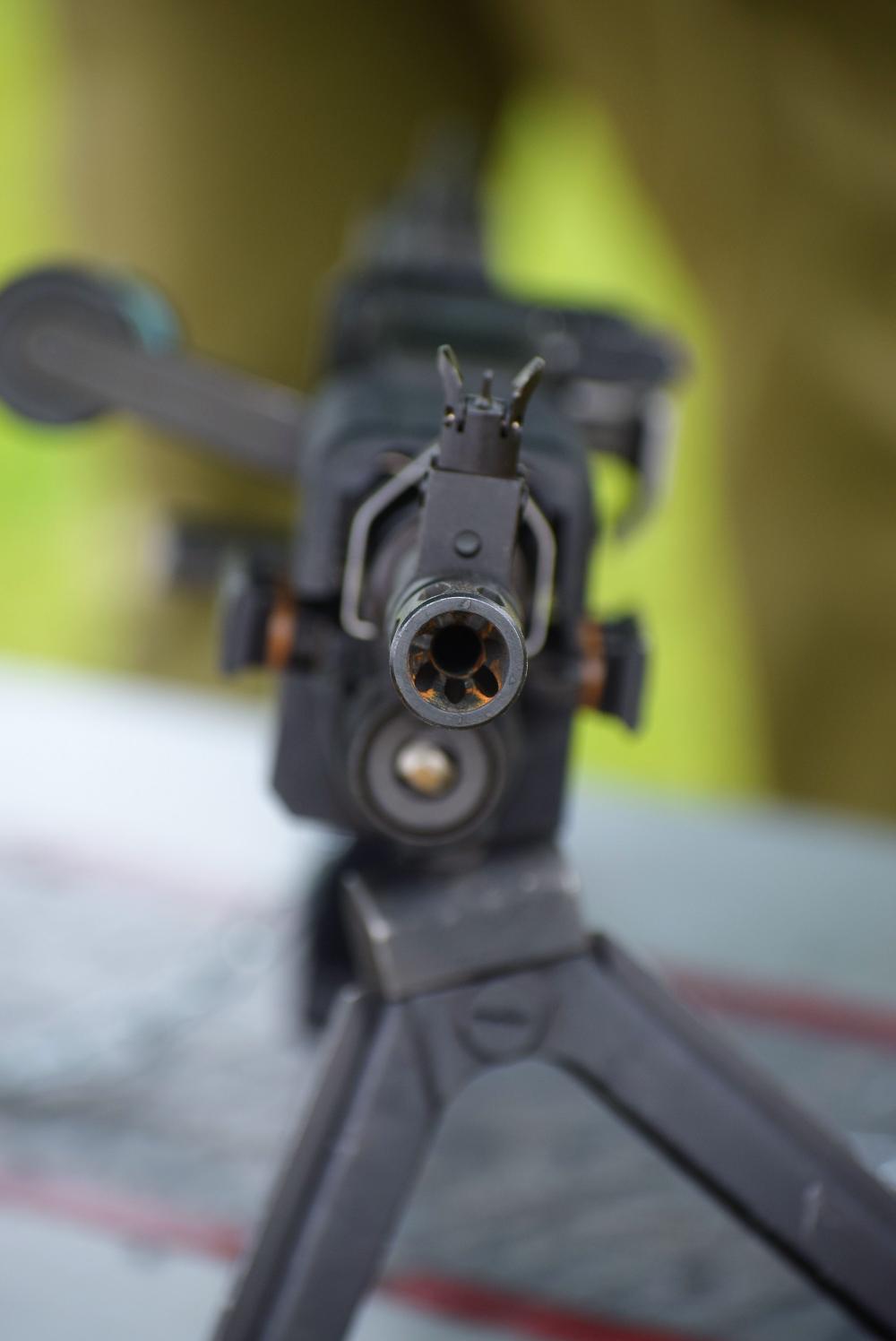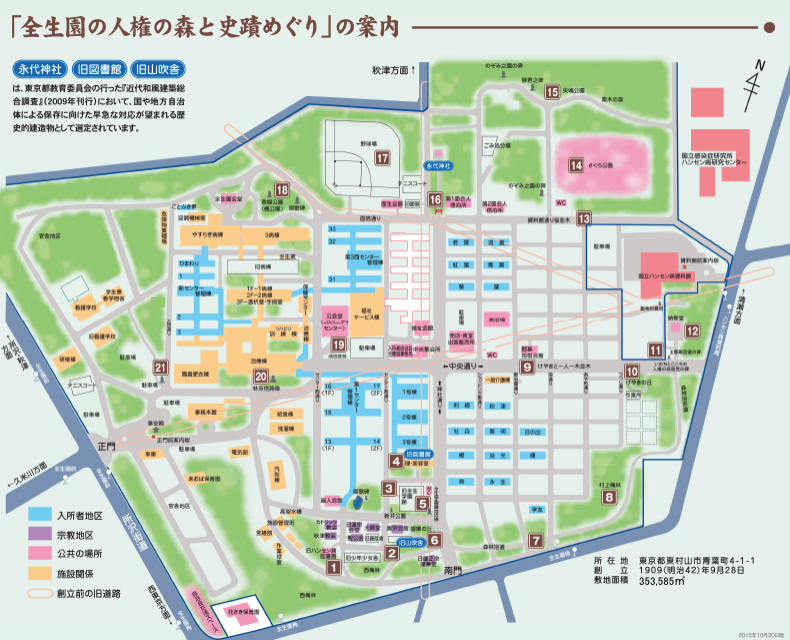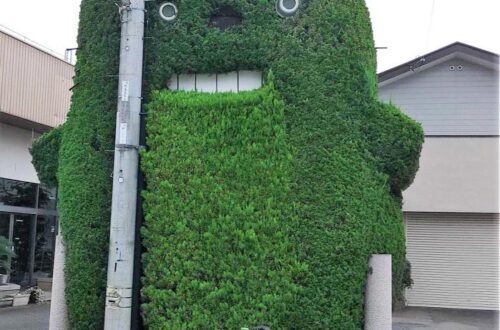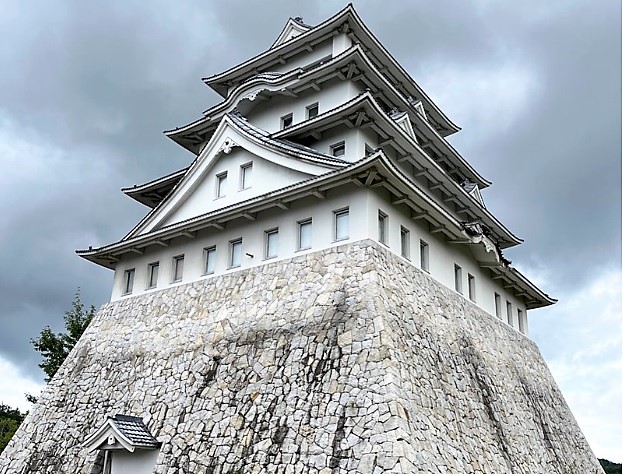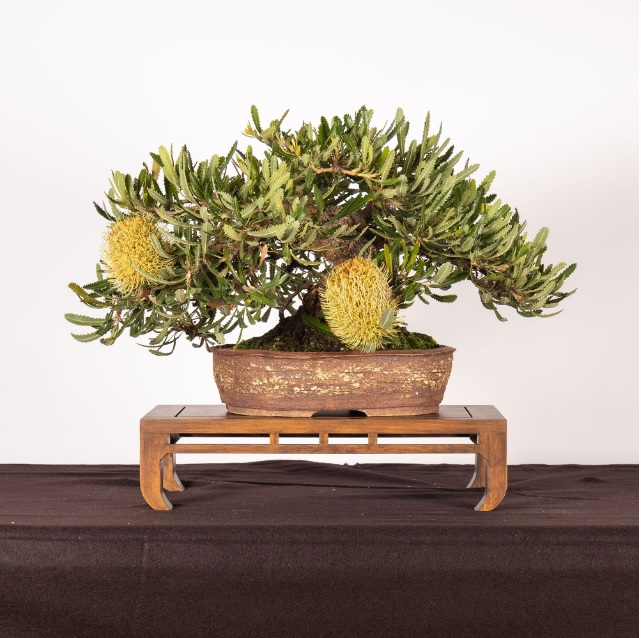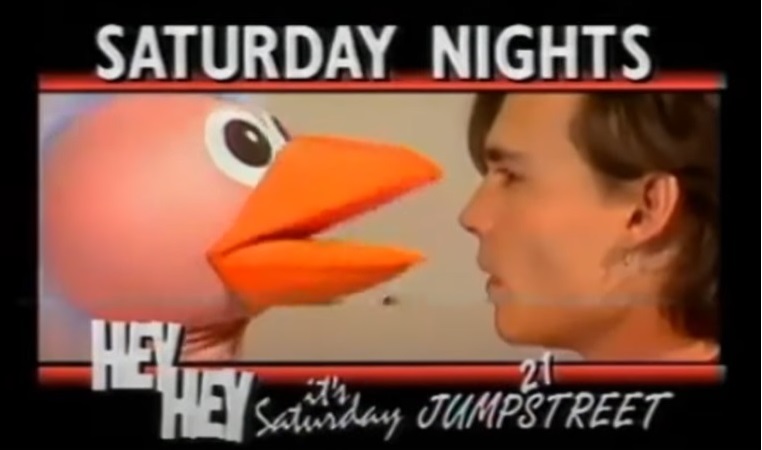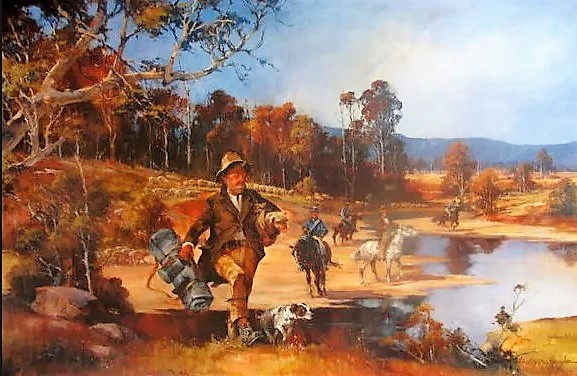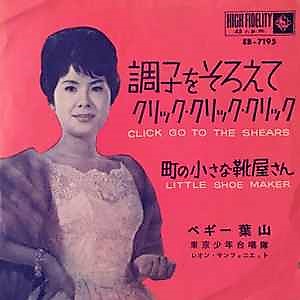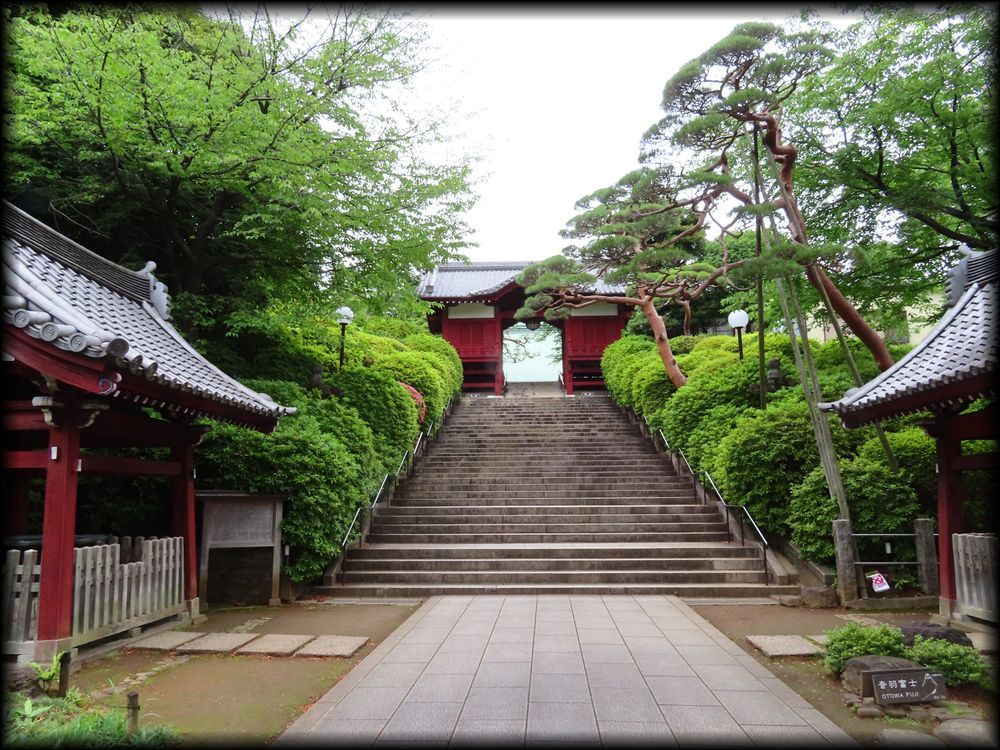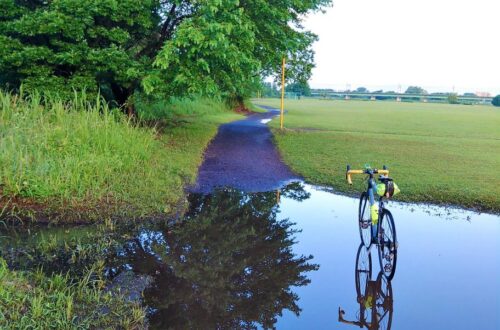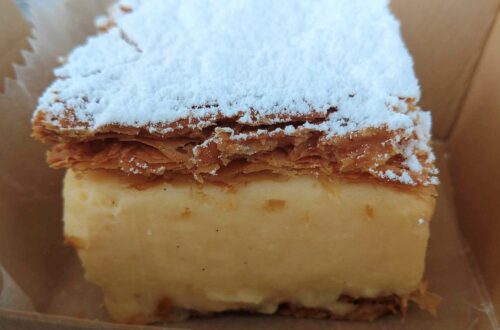I had no idea until yesterday, but for years I have been living quite close to Totoro, a Shinto kami made globally famous through Hayao Miyazaki‘s utterly delightful 1988 animated movie, My Neighbor Totoro. OK, so it’s not the real forest-protecting spirit as depicted by STUDIO GHIBLI, but the topiary sculpture is wonderful. It’s a work that I’m pretty sure is unauthorized by Suzaki, a gardening company in the Tokyo suburb of Kokubunji. A cycling buddy posted photos of Totoro on social media yesterday, and with only a couple of pre-dawn hours available for anything today due to home requirements,…
-
-
On what was something of a strange weekend, perhaps the weirdest moment came when I got to come face-to-face with a green, as in made of plants, Godzilla. There’re plenty of Godzilla statues and effigies all over Tokyo, as I’ve reported before, and the rest of Japan, some life-sized, others tiny and plenty in-between and loving devoted to Japan’s most adored monster. In western Tokyo, where I live, the most famous example is probably the Godzilla statue outside the TOHO CO., LTD. studios near Seijogakuen-mae, which is a bit of a trip for me further out in the boonies. So,…
-
At Mrs. Kangaeroo’s whim, we headed off to the nearby U.S. Air Force Yokota Air Base to “enjoy” its Friendship Festival where it opens its gates to the general public and gives them a glimpse of what goes on behind its barbed wire. The huge crowds reminded me of how much so many Japanese adore the United States. It was my first visit to the Friendship Festival almost 30 years and things have changed significantly. We needed to line up for more than an hour in a queue more than a kilometer long to get in, then spent another hour…
-
All sorts of memories flooded back to me during a brief ride through Tama Zenshoen, a gorgeous park in outer western Tokyo, but also home to a tragic and cruel past for Japan’s Hansen’s disease patients. Zenshoen is a leprosarium and for most of its history, the 115-year-old facility was shut off from the rest of the world and its inhabitants quarantined inside, sterilized and forbidden from associating with the outside world, largely based on 1951 testimony to the Diet by Kensuke Mitsuda, a staunch segregationist but also unfortunately Japan’s foremost expert on leprosy at the time. This continued for…
-
Aussies can buy an (almost) authentic Japanese castle for only about $100,000, it has been revealed recently on social media. Century21 Japan is selling the 6-story castle (with a restaurant on the second floor) in Akabira, Hokkaido, at a price unimaginable to potential home buyers Down Under. Of course, at that price, there’s bound to be a few catches, but perhaps not as many as some may think, especially considering it comes with a huge garden (over 5,000 m2), a working elevator, restaurant, more than 40 parking spaces and connection to sewage and water mains. Located in Hokkaido, Japan’s northernmost…
-
Given that this site started with the intent of spreading information about Japan and Australia and matters related to these countries, including languages, and then how much focus I have placed on gardening over the past couple of years, it’s surprising that I haven’t had much to say about bonsai. Or bonzer, for that matter. Bonsai is, of course, the Japanese art of miniature tree growing in trays: the literal meaning of the word bon (tray) sai (gro/cultivate). And, despite having written a Strine Dictionary, or list of Australian English terms, one of its notable absentees is the word bonzer,…
-
It’s pretty clear my career is finished so one of my current greatest worries is how I am going to repay the mortgage on Kangaeroo Corner and, being grossly over-educated and severely lacking talent, becoming a YouTuber making viral videos has popped up in my mind as a way. Given that I am paying serious thought to the above idea, it’s pretty clear I have no sense of reality. So, it didn’t really come as a surprise to learn that I posted a video that went viral and I had no idea about it’s popularity until yesterday….10 1/2 years after…
-
Waltzing Matilda is probably Australia’s most famous song and it’s certainly a tune that remains powerfully iconic of Down Under, but has not had the impact in Japan of other Aussie tunes, like say, Click Go the Shears. That’s not to say that Matilda hasn’t made it’s mark. However, like many things Japan, it’s legacy lies not quite in the way you’d expect. My understanding is that Waltzing Matilda is probably best known in Japan for being the jingle used to open Japanese language shortwave radio broadcasts on Radio Australia, which ended in 1990, so there’s a fair chance that…
-
Australia hasn’t really had much of an impact on Japanese culture over the years, but there is one case that inspires sheer delight….or perhaps that should be “shear?” For Japanese of a certain age, 調子をそろえて、クリック、クリック、クリック (Choshi wo soroete kurikku, kurikku, kurikku, is a highly familiar song picked up in an early season of Minna no Uta, a radio and TV program broadcast by NHK since 1961 to introduce new tunes to the Japanese public. The song is known in English as Click Go the Shears and Peggy Hayama, who sang the Japanese version of the song with lyrics written by…
-
Barry Humphries, the creator of characters such as Dame Edna Everage – the Moonee Ponds housewife famous for her flamboyance and shouted greeting of “Hello Possums” – Sir Les Patterson and Sandy Stone, and himself an entertainer and icon of Straya in many parts of the world, has passed away. Humphries died aged 89 on Saturday following complications from a recent hip surgery. Personally, I wasn’t a great fan of the Moonee Ponds housewife — Dame Edna Average is my name for her — but she had her moments and was a wonderful example of Humphries’ acerbic, anti-Establishment wit that…

